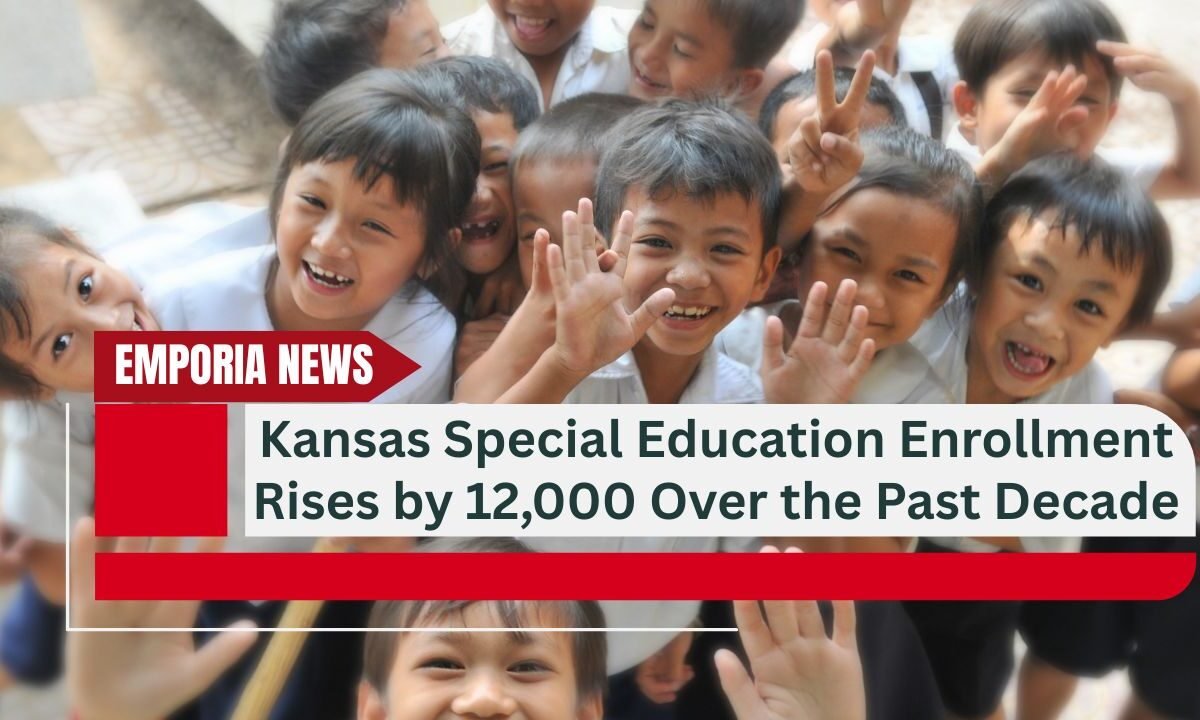Kansas public schools reported 82,000 special education students during the 2024–2025 academic year—12,000 more than a decade ago.
While this increase makes up a relatively small portion of the state’s nearly 500,000 public school students, it is significantly impacting school resources and staff.
According to Ryan Alliman, Executive Director of Student Support Services at Wichita Public Schools, the increase is clearly being felt across districts.
“We are feeling that as a district,” Alliman said.
Teacher Burnout and Staffing Challenges Intensify
The rise in special education enrollment reflects a broader strain on the education system. Teachers are juggling more responsibilities with fewer resources, contributing to longer hours, higher stress, and burnout.
Despite efforts to hire more staff, many districts struggle to find qualified special education professionals.
Alliman echoed the concern: “I do think burnout is a thing with our teachers.”
District-Level Data Shows Rising Numbers
From 2015 to 2025, special education enrollment rose significantly in several major districts
- Wichita: 7,035 to 8,479 IDEA students
- Olathe: 3,720 to 4,638 IDEA students
- Shawnee Mission: 2,601 to 3,294 IDEA students
- Blue Valley: 2,320 to 3,066 IDEA students
These students often require intensive support, such as assistance with behavior management or basic care like restroom visits, putting further strain on already-limited staff.
Safety and Support Concerns for Teachers
Teachers in special education roles often face unique safety risks. In extreme cases across the country, some have suffered physical injuries while trying to manage students, highlighting the urgency for more staff support in classrooms.
One educator noted: “If a student needs a cooldown break, it leaves only one adult in the room. Without extra staff, coverage becomes impossible.”
Why Are Special Education Numbers Growing?
JaKyta Lawrie, Executive Director of Special Education at Kansas City, Kansas Public Schools, attributes the rise to
- Earlier identification of student needs
- Increasingly complex educational and behavioral challenges
- Greater awareness among families and teachers
Although her district saw a slight overall decrease over ten years, recent years have shown an upward trend in special education enrollment.
Efforts to Fill the Gap: Universities and Incentives
Emporia State University’s Dean of the Teachers College, Sara Schwerdtfeger, said requests for special education teachers have grown statewide—especially after a wave of retirements following COVID-19.
Because a special education license requires around two years of additional training, the university is launching accelerated programs to help students enter the field faster.
There is some optimism: Schwerdtfeger noted a rising interest in special education among new teaching candidates.
However, she warned: “If general education teachers shift into special education, we’ll end up with shortages elsewhere.”
Kansas schools are grappling with a rising demand for special education services, without the necessary staff or support to keep pace.
While statewide efforts from universities and districts are underway to fill gaps, systemic solutions will be essential to prevent burnout, retain staff, and provide equitable education for all students.




